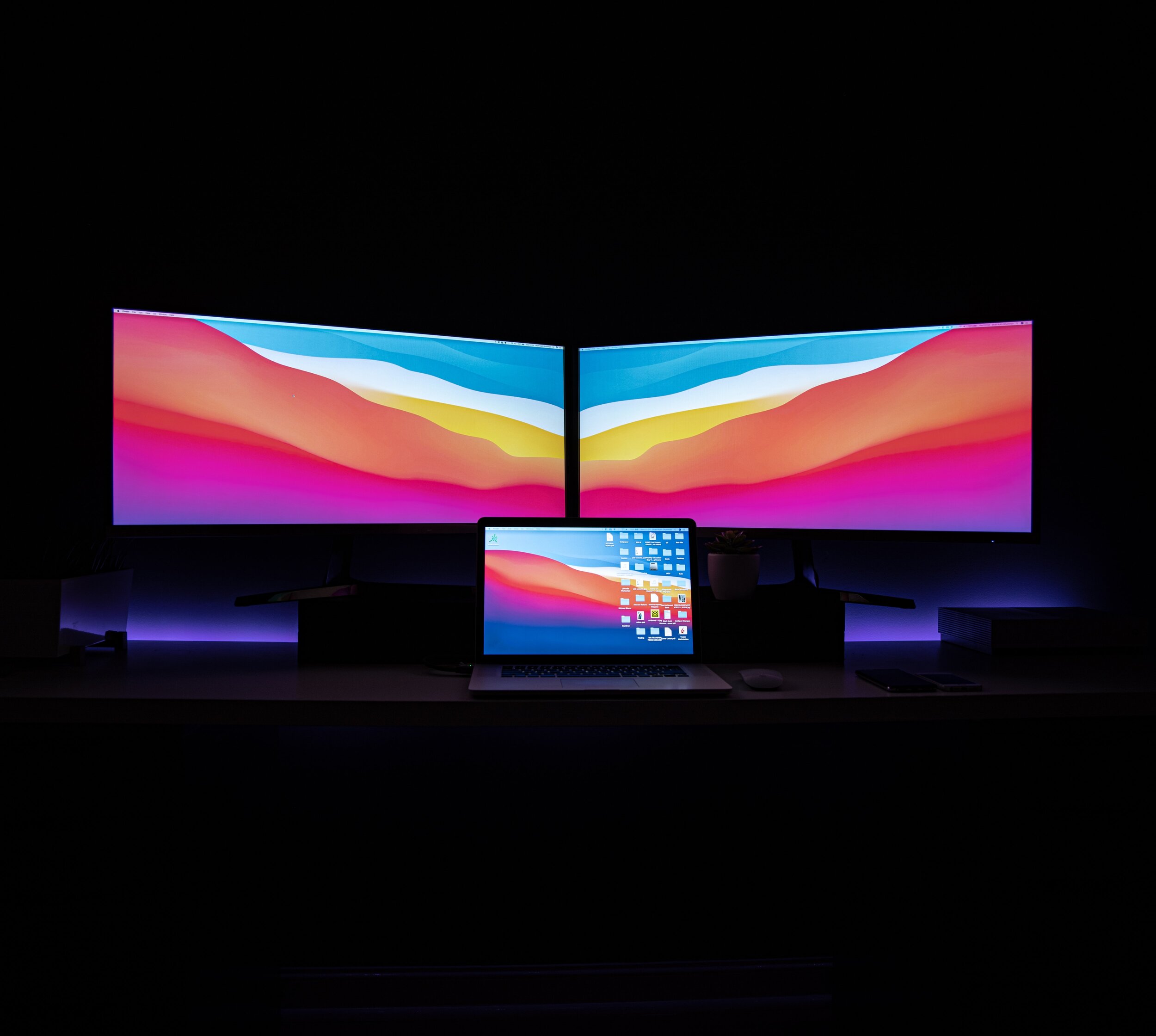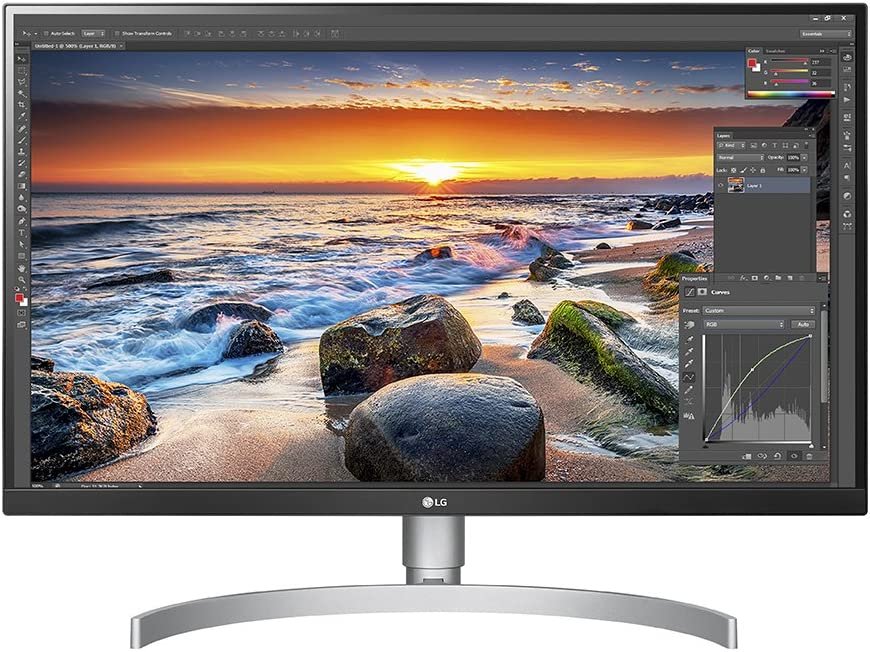Best Color Grading Monitors in 2023: A Comprehensive Buying Guide
When it comes to color grading and color correction, having a high-quality monitor is essential.
A good color grading monitor will help you achieve accurate and consistent colors, making your work stand out. But with so many options on the market, it can be difficult to know which one to choose.
In this article, we'll go over the main features you should consider when buying a color grading monitor, so you can make an informed decision.
Color accuracy and gamut
Color accuracy and gamut are the first things to consider.
A wide color gamut and high color accuracy will ensure that you can see all the colors in a given image and that they are displayed correctly. Size and resolution are also important.
Brightness and contrast
Brightness and contrast are also crucial. A monitor with a high brightness and contrast ratio will give you a better ability to see detail in the highlights and shadows. .
Input options
Input options are also important. Make sure the monitor has the right input options for your computer, such as HDMI, DisplayPort, or Thunderbolt.
Screen size
When it comes to screen size, you should consider how much room you have to accommodate a suitable viewing distance. Popular sizes range from 24, 27, and 32 inches.
A larger monitor will give you more room to work, while a higher resolution will provide more detail.
A wide viewing angle is also essential for color grading, as it will allow more people to see the screen clearly from different positions and with less color shifting.
HDR support
HDR support is another important feature, as it increases the color intensity and contrast of your images.
HDR displays have a higher contrast ratio than SDR displays, meaning they can display a greater difference between the darkest and brightest areas of an image. This allows for more accurate and precise contrast adjustments during color grading.
Choosing the best monitor for color correction and color grading is a personal choice, it depends on your budget and needs.
However, if you're looking for a professional-grade monitor, you should consider the features we've discussed in this article.
And always remember, professional-grade monitors need to be constantly calibrated. With a calibrated monitor, you'll achieve accurate and consistent colors, which will take your work to the next level.
In this article I talk about the importance of calibrating a monitor and how to calibrate it:
Monitor Calibration: Why is it So Important?
Here are some models I feel like recommending:
Budget ($)
LG 27UK850-W 27" 4K UHD
• 27 inch 4k UHD resolution (3840 X 2160) IPS display
• HDR 10 Compatibility
• Response time 5ms / Refresh rate 60Hz / Contrast ratio 1000:1
• USB Type-C connectivity and sRGB 99% color gamut
BenQ PD3220U DesignVue Designer 31.5" 16:9 HDR 4K
• 31.5" In-Plane Switching (IPS) Panel
• 3840 x 2160 @ 60 Hz Native Resolution
• 1000:1 Static Contrast Ratio
• 10-Bit Support for 1.07 Billion Colors
• 100% sRGB & Rec. 709 and 95% DCI-P3
Budget ($$)
ASUS Pro Art PA32UCX
• 32-inch 4K HDR display features 1,152-zone mini-LED backlight with 1,200 cd/m2 peak brightness and rich in connectivity ports, including Thunderbolt 3 USB-C x2 (In x1, Out x1), HDMI (v2.0b) x3, DisplayPort 1.2
• ASUS Off-Axis Contrast Optimization technology reduces halo effects by 80% and provides a 7X contrast-ratio enhancement for dark parts of the image when viewing the screen from an angle
• True 10 bit color with Quantum-dot technology provides 89% Rec. 2020, 99.5% Adobe RGB, 99% DCI-P3 and 100% sRGB color space for exceptional color fidelity
• Support multiple HDR formats (Dolby Vision, HDR-10, HLG) presents lifelike experience and flexibility
• World-leading delta-E (∆E) <1 color difference value for the sRGB and Adobe RGB color spaces and ASUS ProArt Hardware Calibration technology for color-accuracy optimization, uniformity and color profile write-back
LG 31.5” EP950-B UltraFine™
OLED Pro 4K
• 31,5”” UHD (3840 x 2160) OLED Display
• Adobe RBG 99% / DCI-P3 99%, True 10bit Color.
• 1M:1 Contrast Ratio
• Color Depth: 10 bit, 1.07 Billion colors
• Color Space: Native / P3D65 / BT.709 / BT.2020 / Adobe RGB / P3D65 PQ / BT.2100 PQ
• Color Gamut: P3 99% / Adobe RGB 99%
• LG UltraFine™ OLED Pro supports HDR signals such as BT.2100 (broadcast standard for HDR TV) PQ / P3 PQ which offers benefits to film and video editors.
Budget ($$$)
FSI XM312U
• Screen Size 31,5”
• Resolution: 3840x2160
• Contrast Ratio: 5,000,000:1
• Peak Luminance: ~5,000cd/m2 @ L32 | ~2,000cd/m2 Fullscreen
• Bit Depth: 10bit (1.073 Billion Colors) Static Backlight
Approx. 68 Billion Colors Dynamic Backlight
Eizo CG3146
• Screen Size 31”
• Resolution: 4096x2160
• Contrast Ratio 1,000,000:1
• HDR/SDR - Max Luminance 1000cd/m2
• Bit Depth: 10 10bit (1.073 Billion Colors)
• Built-in Calibration Sensor
Sign up to my Newsletter to get your Free Colorist Pack!
You'll also receive updates on upcoming Products, Giveaways, Exclusive Content and more!












